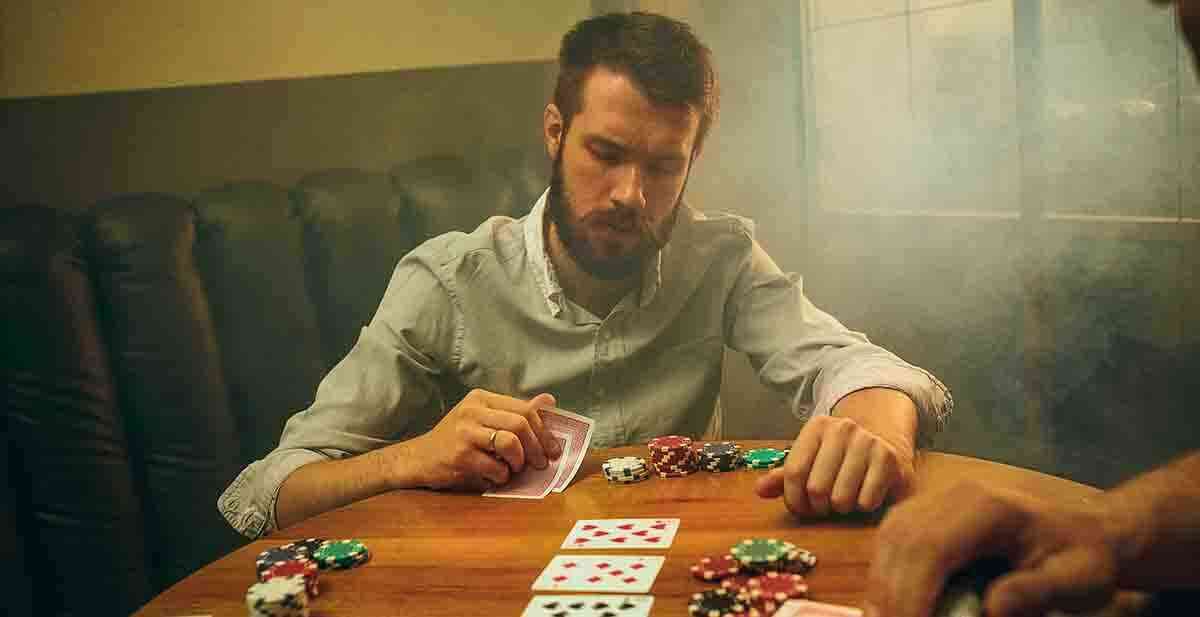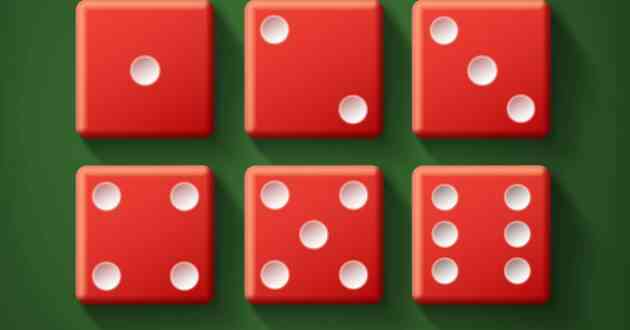Compulsive Gambling
- - Category: Addictions
- - 04 Nov, 2022
- - Views: 381
- Save

Addiction is a complex neuropsychological condition that affects an individual’s physical, emotional and social health
Addiction is a complex neuropsychological condition that affects an individual’s physical, emotional and social health where there is an uncontrollable urge to engage in certain behaviours. Pathological gambling also called compulsive gambling is a type of addiction that is a progressive disorder that involves repetitive gambling behaviour despite harmful consequences. There are different types of gambling which take place in our community including lotteries, dice, bingo, cards, casino gambling, betting on horse races or sports etc. There are studies that point out that pathological gambling is related to crimes, aggression as well as family violence. (Blazynski et al.,1989). The American Psychiatric Association considered pathological gambling as a condition of impulse control rather than addiction. However, several types of research showed a close association between pathological gambling to addiction because, in both these conditions, the brain seeks to activate the mechanisms of reward. The gambling problem hampers the gambler’s personal relationships, occupational opportunities and overall psychological well-being.
The various signs and symptoms of gambling disorder are as follows:
- There is an excessive need to engage in gambling with vast money in order to achieve the desired level of excitement.
- The individual experiences irritability, stress and restlessness when attempting to stop gambling.
- Persistent thoughts about arranging money for the next gamble or thinking about past experiences of gambling.
- The person is often faced with unsuccessful efforts to control or stop gambling time and again.
- Engages in gambling whenever feeling anxious, helpless, guilty and distressed.
Experts recognize different factors involved that lead to gambling addiction:
The biomedical model talks about the incentive-sensitization theory which suggests that the use of drugs or involvement in gambling produces a powerful neurological impact in the system of our brain. Hence, this process turns the addictive agent or activity into a strong incentive stimulus which acts as a motivation and easily enhances intense cravings within the individual. The neurological mechanisms involve adaptations in the mesocorticolimbic dopamine pathway. These biological changes result in the transformation of behaviour, where the major focus is to engage in acts that will bring them closer to the incentive stimuli. Thus, with time the addicted individual becomes sensitized to the incentives which push them to engage more in the addictive act in order to experience more of such similar rewards.
Some of the major psychological factors include an individual’s emotional states, presence of personality disorders or substance use disorders that can lead to them engaging in activities characterised by temporary relief as well as sensation seeking. The other psychological factors are:
- Reward and positive reinforcement – Most or all gamblers are reward sensitive and thus winning huge amounts of money increases their dependency as it strengthens their belief in gambling and also the reward decreases earlier existing stress which reinforces their actions.
- Negative reinforcement – Through engaging in gambling activities individuals tend to escape from some or the other problems which function as negative reinforcement.
- Personality factors – Risk seeking and narcissism has been found as traits present in gamblers where there is an urge to involve in risks and also a lack of empathy and consideration for others. Impulsivity is another personality factor that pushes gamblers to make decisions solely based on intense emotions instead of logical reasoning. Other personality traits include immature, rebellious and superstitious.
- The illusion of control – Pathological gambling arises majorly due to several cognitive biases like the illusion of control. It is a tendency of people to overestimate their abilities to control the events of different circumstances.
- Gambler’s fallacy – Another cognitive bias is an incorrect belief that a series of random events occurring in the future is based or influenced by the previous occurrence of those types of events. Individuals with this error attempt to rationalise the random events to create an explanation that will seem predictable.
- Unrealistic optimism – Dispositional factors like optimism play an important role in the continuation of gambling as there are positive expectations and an ability to maintain these expectations even in times of loss.
The social risk factors which might act as a cause that pushes the behaviours associated with compulsive gambling are poverty, family violence, broken homes and unemployment. The environment also critically plays a role where observational learning through role models or media can influence others negatively and increase involvement in gambling behaviour. The effects of compulsive gambling lead to involvement in cases of embezzlement or any other means of obtaining illegal money by disregarding ethical as well as societal norms. (Rosten,1961).
Recovering from any type of addictive cycle is both a long and a slow process. A fairly continuous cognitive behavioural therapy that focuses on changing thought patterns and maintaining a pattern of behaviour has proven to be beneficial in this case. Imaginal desensitisation can help the patients by engaging in a relaxing procedure while thinking about opportunities to gamble. This process aims to reduce the cravings associated with gambling. Self-help groups such as GA (Gambler’s Anonymous) have given the clients a safe space to recognize their issues and acknowledge the need to change their habits. Motivational interviewing helps the clients to understand the disadvantages of their addiction and strengthens personal motivation that attempts to gradually change their behaviour by committing to a specific goal.
– Urveez Kakalia & Debanjana Banerjee.



